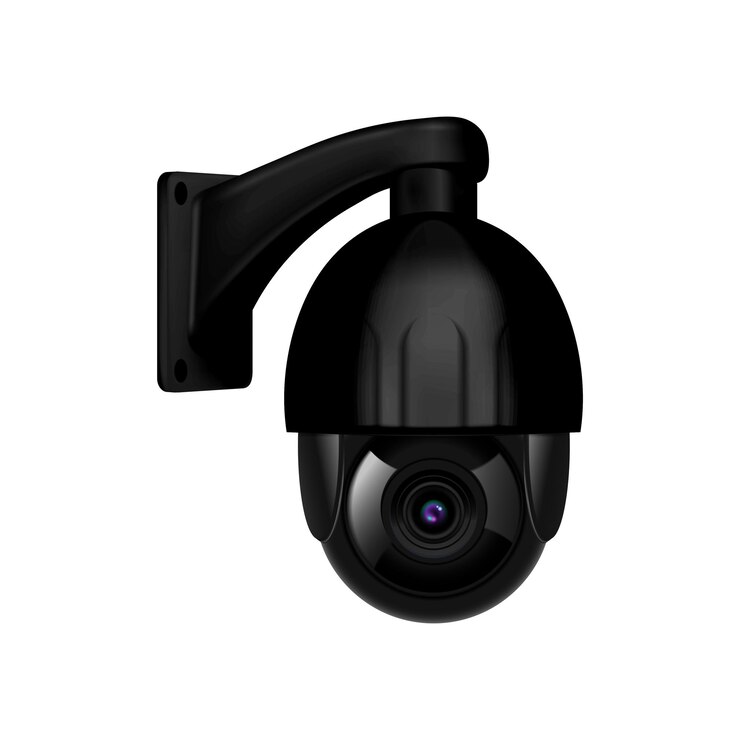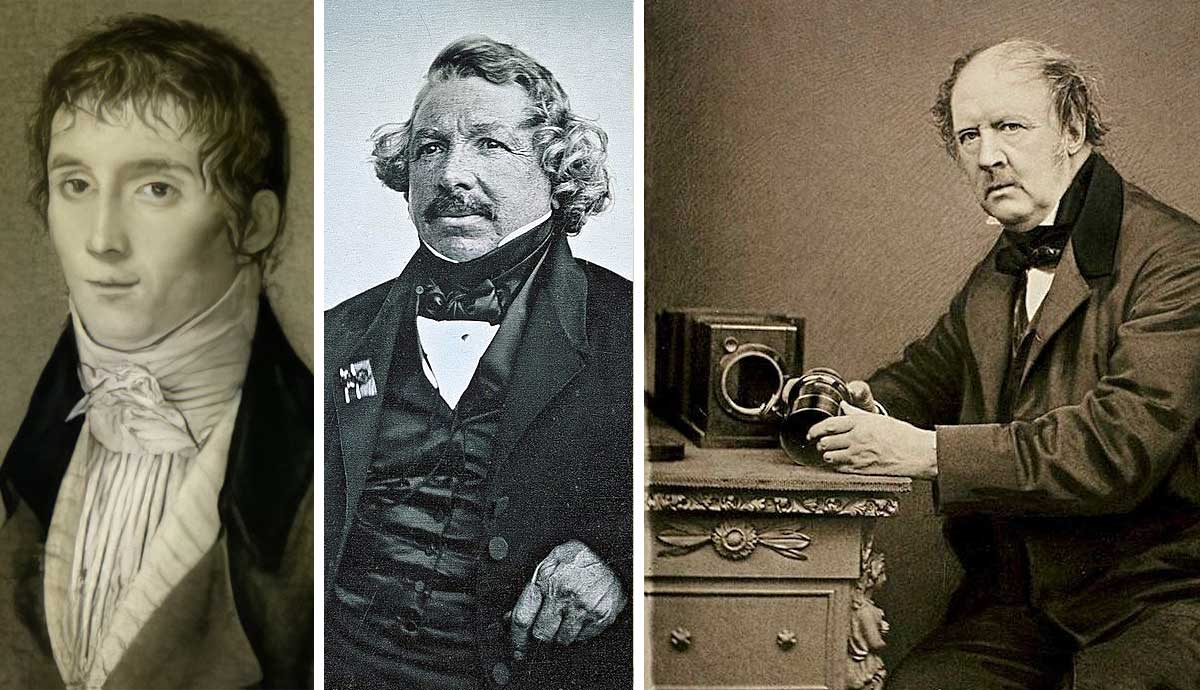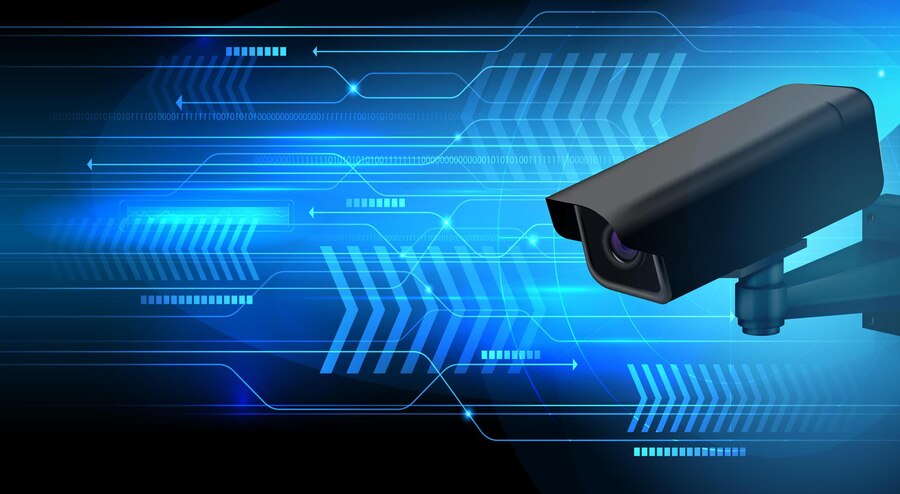CCTV was invented to provide surveillance and enhance security measures. Its primary purpose is to monitor and record activities for safety and crime prevention.
CCTV, or Closed-circuit television, was developed to improve surveillance and security measures. Introduced in the late 1940s, CCTV has since become an integral part of public safety, crime prevention, and monitoring in public and private spaces. The invention of CCTV has revolutionized various industries, including law enforcement, retail, and transportation, by offering real-time monitoring and recording capabilities.
With the ability to capture, store, and review footage, CCTV has increased accountability and deterred criminal activities. As technology continues to advance, the use of CCTV has evolved to incorporate AI-driven features, enhancing its effectiveness further. This technology has vastly contributed to improved security and safety measures, making it an indispensable tool in today’s security landscape.

The Genesis Of Surveillance
Historical Need For Monitoring
Throughout history, the need for monitoring and surveillance has been driven by various factors such as maintaining security, ensuring public safety, and safeguarding valuable assets. Dating back to ancient civilizations, rulers and emperors utilized watchmen and guards to keep an eye on their territories and protect against potential threats. The development of surveillance techniques has evolved alongside societal advancements, from simple visual observation to the sophisticated technological solutions we have today.
The Origins Of Surveillance
In ancient times, surveillance revolved around physical presence and observation, relying on watchmen and guards to monitor activities. In the Middle Ages, the concept of surveillance expanded, with the introduction of rudimentary closed-circuit systems using peepholes and mirrors. Over time, advancements in technology led to the invention of the first rudimentary closed-circuit television (CCTV) systems in the 1940s, marking a crucial turning point in the history of surveillance.
Evolution Of Video Recording
The evolution of video recording has been closely intertwined with the history of surveillance, as the need for monitoring and securing spaces has been a constant in human society. The invention of Closed-Circuit Television (CCTV) can be traced back to the imperative need for enhanced security and monitoring capabilities. Throughout history, early innovations in surveillance paved the way for the development of technology in ensuring effective monitoring and recording.
Early Innovations In Surveillance
Surveillance has been an essential practice for centuries, with early civilizations utilizing methods such as watchmen, guard towers, and even trained animals to keep a watchful eye over their surroundings. The concept of surveillance has continuously evolved, with the introduction of rudimentary forms of video recording technology such as the use of telegraphy for remote signaling in the 19th century.
The Role Of Technology In Surveillance
Advancements in technology have played a pivotal role in shaping the surveillance landscape. The introduction of radio frequency technology enabled the development of early wireless surveillance systems, offering greater flexibility and coverage compared to their wired counterparts. As technological progress continued, the integration of digital recording and transmission capabilities revolutionized the surveillance industry, facilitating the transition from analog CCTV systems to the advanced IP-based cameras and networked video recorders that are prevalent today. These innovations have led to enhanced video quality, increased storage capacities, and the implementation of intelligent analytics, all of which have significantly bolstered the effectiveness of surveillance systems in safeguarding both public and private spaces.

The Need For Security Enhancement
Security enhancement has always been a primary concern for societies throughout history, prompting the development of various tools and technologies to safeguard people and property. The evolution of closed-circuit television (CCTV) was in response to the escalating need for enhanced security measures. Understanding why CCTV was invented necessitates a closer look at the imperative need for security enhancement.
Addressing Security Concerns
The advent of CCTV was primarily driven by the necessity to address rising security concerns in public and private spaces. This technology aimed to provide a vigilant eye that could monitor and record activities in a more sophisticated and efficient manner compared to traditional security measures.
Crime Prevention Through Surveillance
CCTV serves as an indispensable tool for crime prevention through constant surveillance. By capturing real-time activities and providing valuable evidence, CCTV systems act as a deterrent to criminal activities, thereby augmenting overall security.

Credit: www.thecollector.com
The Birth Of Closed-circuit Television (cctv)
The invention of Closed-Circuit Television (CCTV) can be traced back to the mid-20th century when the need for a reliable and efficient surveillance system became increasingly apparent. The integration of technology into security measures led to the birth of CCTV, revolutionizing the way we monitor and protect public and private spaces. Understanding the innovators behind CCTV technology and the impact of CCTV on security measures provides valuable insight into the evolution of surveillance systems.
Innovators Behind Cctv Technology
The development of CCTV technology was primarily driven by the innovative contributions of several key individuals. Notably, German engineer Walter Bruch played a pivotal role in the creation of the first CCTV system in 1942. Bruch’s system, known as the “Rheinmetall-Borsig system,” was initially designed for military purposes, positioning it as a groundbreaking advancement in visual surveillance. Additionally, Marie Van Brittan Brown, an African American inventor, further propelled the progress of CCTV by inventing the first home security system with a closed-circuit television in 1966. These pioneering individuals laid the foundation for the evolution of modern CCTV technology, shaping the landscape of security and surveillance.
The Impact Of Cctv On Security Measures
The introduction of CCTV systems has significantly enhanced security measures across various sectors, ranging from public spaces to private establishments. By providing real-time monitoring and recording capabilities, CCTV has become an indispensable tool for deterring criminal activities, identifying and apprehending perpetrators, and safeguarding assets and individuals. The widespread adoption of CCTV has led to a tangible reduction in crime rates and has bolstered overall public safety. Furthermore, the integration of advanced analytical features and remote access capabilities has further augmented the effectiveness of CCTV in ensuring comprehensive security measures.
Impact And Advancements
CCTV was invented to enhance security and surveillance for public and private spaces. Its impact and advancements have led to a significant reduction in crime rates, improved safety, and effective monitoring and management of various environments. The invention of CCTV has revolutionized the way we address security concerns and has become a vital tool for law enforcement and businesses alike.
Influence Of Cctv On Society
The invention of Closed Circuit Television (CCTV) has had a profound impact on society. It has significantly enhanced public safety and security, leading to a decrease in crime rates and providing peace of mind to citizens and businesses. CCTV has become an essential tool for law enforcement agencies, enabling them to monitor public spaces, prevent criminal activities, and investigate incidents more effectively. Furthermore, it has contributed to improving traffic management, ensuring public order, and increasing the overall sense of security in urban areas.
Technological Advancements In Surveillance
Over the years, technological advancements have revolutionized the field of surveillance, making CCTV systems more sophisticated and efficient. Advancements in video resolution, storage capacity, and connectivity have significantly improved the clarity and accuracy of surveillance footage. The integration of artificial intelligence and machine learning algorithms has enabled advanced video analytics, such as facial recognition and behavior analysis, enhancing the capabilities of CCTV systems. Moreover, the development of cloud-based surveillance solutions has facilitated remote monitoring and access to footage from anywhere, offering unparalleled convenience and security.
Frequently Asked Questions For Why Was Cctv Invented?
Why Was Cctv Invented?
CCTV was invented to enhance security and surveillance, providing a way to monitor and record activities for crime prevention and evidence collection. The technology has since evolved to encompass various applications, including traffic monitoring, industrial processes, and home security.
What Are The Benefits Of Cctv?
CCTV provides round-the-clock surveillance, deters criminal activities, and offers valuable evidence for investigations. It also enhances overall security, ensures safety in public spaces, and can be used for monitoring remote locations, making it an invaluable tool for various industries and individuals.
How Has Cctv Technology Evolved?
CCTV technology has advanced significantly over the years, with the introduction of high-definition cameras, digital recording systems, and remote access capabilities. This evolution has improved image clarity, data storage, and accessibility, making CCTV more effective and user-friendly for different applications.
Can Cctv Be Used For Home Security?
Yes, CCTV serves as a vital component of home security by providing real-time monitoring, deterring intruders, and offering evidential footage in case of incidents. It allows homeowners to remotely monitor their properties and provides peace of mind by enhancing overall security measures.
Conclusion
The invention of CCTV was driven by the need for improved security and surveillance. It has since become an essential tool in safeguarding public spaces, homes, and businesses. As technology continues to advance, CCTV systems will continue to evolve and play a crucial role in ensuring safety and security for all.

